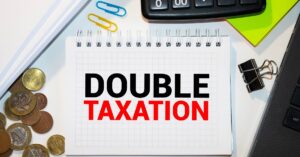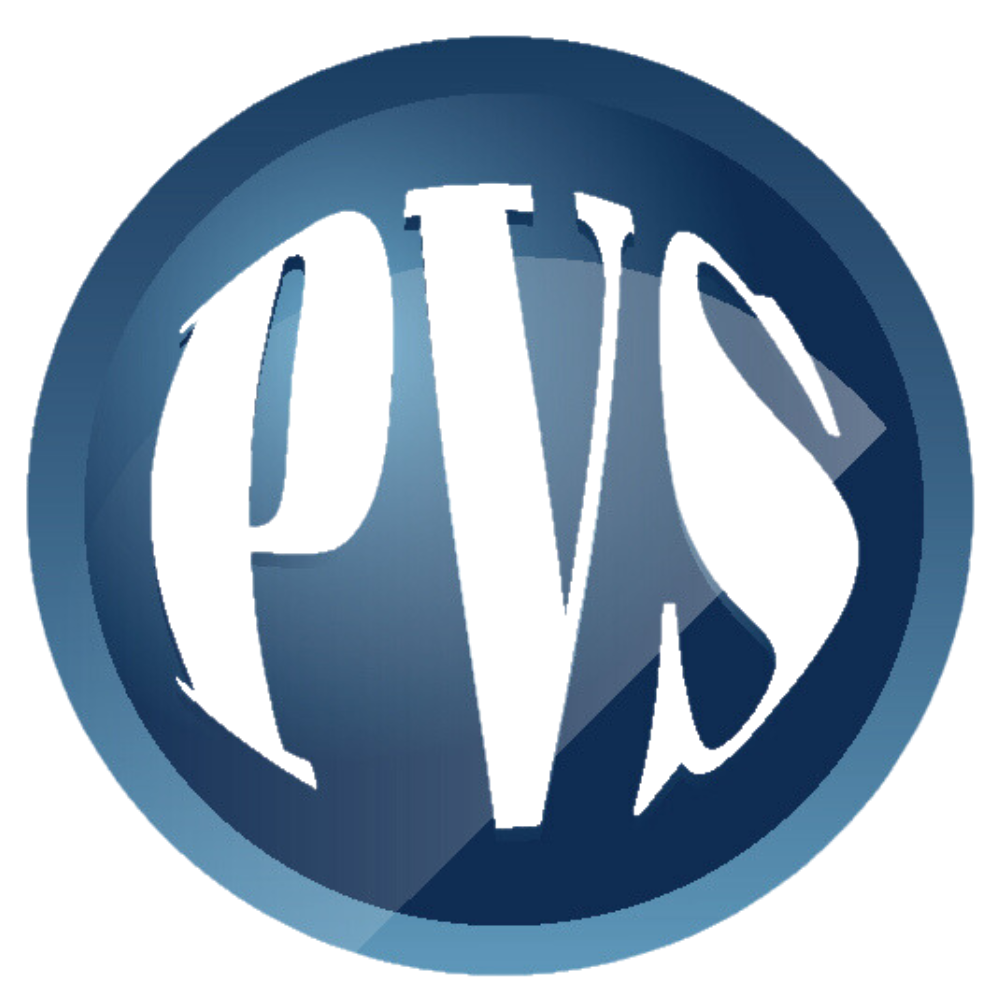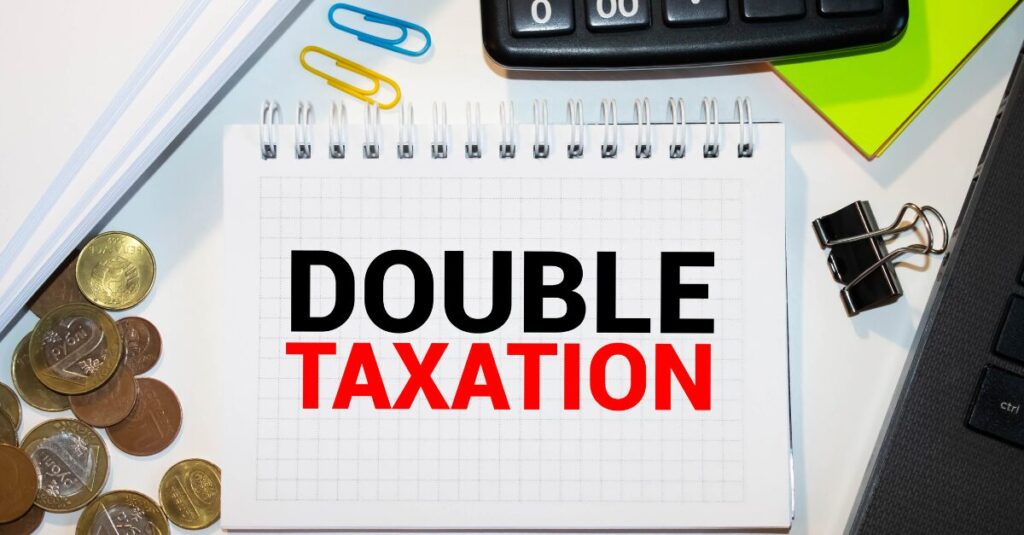Real vs. Personal Property Tax: The Fight Against Duplicate Taxation
Business Personal Property Tax
Real vs. Personal Property Tax: The Fight Against Duplicate Taxation
When companies consider property taxes, the focus is often on real estate property tax. However, it’s equally crucial to understand the distinction between real property, which includes the land and any permanent structures, and business personal property, which are movable items like equipment and furniture. This differentiation influences financial reporting, property tax liability and compliance with varying state laws.
Accurate property evaluation and building valuation services ensure that both real and personal property are assessed fairly. Misunderstanding these nuances can lead to misclassifying assets, which might result in overpaying property taxes or penalties for non-compliance. Accurate classification aids in strategic financial planning and efficient asset management, helping companies avoid legal issues and optimize their property tax strategies, ultimately safeguarding their profitability and reputation.
What is Personal Property?
Business personal property (BPP) includes items not permanently attached to the land, such as equipment and furniture. The critical difference lies in mobility—personal property can be moved, while real property is fixed and immovable.
While not as familiar to most business operators, BPP tax is assessed and collected on the equipment, furniture, and fixtures inside a building or other movable items such as RVs, boats, vehicles, and machinery.
Real estate is typically considered fixed or permanent; BPP is considered “movable” and tangible—items that would be taken if a business vacates its building.
Examples include computer and IT equipment, manufacturing equipment, interior signage, furniture, and more. Depending on the state, it may also include interior building changes made by the tenant, referred to as leasehold or tenant improvements, which are the most common assets facing duplicate property taxation.
Business owners must report their BPP on their tax return, including the total cost of the assets, income tax depreciation, and net depreciated value.” with “cost and year acquired of each asset.
What is Real Property?
Real property refers to land and structures on it. This includes houses, buildings, and improvements like paving and lights. Payment for commercial real estate property tax can vary. These property taxes are sometimes paid through an escrow account, similar to a residential mortgage. In other instances, tenants pay the property tax to landlords as part of their rent. Property owners might also pay the local property tax collector directly.
Real property tax may be more familiar because it’s a significant expense; depending on the building type, size, and location, it might be the most substantial cost for tenants or building owners. But it isn’t the only type of property tax in most states.
How is business personal property different from real property?
Business personal property (BPP) includes items not permanently attached to the land, such as equipment and furniture. Real property refers to land and structures on it. The critical difference lies in mobility; personal property can be moved, while real property is fixed and immovable.
Real property is land and anything built on it. This includes houses, buildings and improvements like paving and lights. Payment for commercial real estate property tax can vary. These property taxes are sometimes paid through an escrow account, similar to a residential mortgage. In other instances, tenants pay the property tax to landlords as part of their rent. Property owners might also pay the local property tax collector directly.
Real property tax may be more familiar because it’s a significant expense; depending on the building type, size and location, it might be the most substantial cost for tenants or building owners. But it isn’t the only type of property tax in most states.
While not as familiar to most business operators, BPP tax is assessed and collected on the equipment, furniture and fixtures inside a building or other movable items such as RVs, boats, vehicles and machinery.
Real estate is typically considered fixed or permanent; BPP is considered “moveable” and tangible — items that would be taken if a business vacates its building.
Overview of Business Personal Property Valuation
Personal property assessments for businesses are primarily derived from the company’s fixed asset listing, which may also encompass inventory, supplies and leased equipment, contingent on the state’s regulations.
Companies must submit a BPP rendition annually to the relevant property taxing authority detailing all business-owned assets as of the lien date. This submission should include acquisition dates and costs of all taxable personal property.
State-Specific Property Taxation and Deadlines
Thirty-eight states in the United States impose taxes on business personal property, with most adopting Jan. 1 as the lien or valuation date. Each state stipulates its deadlines for filing personal property returns, typically from Jan. 31 to May 15, although some states set later deadlines. Businesses must be aware of their specific state deadlines to ensure timely compliance.
Asset Types and Property Tax Application
Depending on the state, personal property taxes may apply selectively to certain asset types, such as aircraft, business machinery and computers or more broadly to all personal property categories. Businesses must familiarize themselves with the local laws and regulations to file their returns correctly and avoid potential issues with duplicate taxation.
Calculation of Property Taxable Value
Property tax assessors determine the value of each asset by subtracting depreciation from the acquisition cost. Depreciation rates vary significantly and are influenced by the asset’s type and age. Typically, assets are grouped into categories such as office furniture, manufacturing equipment, medical devices and communication technology. Most property tax assessors apply a specific depreciation schedule for each category, which differs from book or federal depreciation methods. However, some states use federal property tax classifications to determine appropriate asset depreciation.
Navigating the complexities of BPP taxation requires deep expertise, particularly in understanding varied state laws and accurately calculating asset depreciation. Property Valuation Services (PVS) offers specialized valuation services that help businesses meet their property tax obligations and avoid overpayments and penalties by ensuring accurate asset assessments and timely compliance.
Overview of Commercial Real Property Valuation
Like the valuation of business personal property, commercial real estate (CRE) is determined as of a lien date, typically set on Jan. 1. Unlike personal property, the valuation process for real estate usually doesn’t start with submitting an annual return.
State Requirements and Assessment Initiation
In several states, commercial property owners must report any changes in building structure, new constructions and occasionally income and expense details to their local assessors annually. However, most states do not mandate filings related to the building or land itself. Instead, local property tax assessors independently initiate accurate property valuation and notify owners of the assessed values.
Assessment Procedures and Frequency
The valuation process may include a physical inspection of the property or a desk review by the assessor. The frequency of reassessments varies by state; for example, Texas, Kansas and Georgia conduct annual real property reviews. In contrast, Iowa and Missouri reassess real estate every odd-numbered year, while Tennessee and North Carolina follow a statutory schedule, reassessing property every four to eight years.
Appeals and Review Process
Upon receiving a valuation notice, property owners have a designated period to contest the assessor’s market value estimation. To argue for a lower assessment, taxpayers must provide supporting data such as income statements, leases or market comparisons.
The appeal process typically involves formal procedures, including discussions with appraisal staff or hearings before a board composed of local citizens, commissioners or appraisers.
Here is a comprehensive guide to commercial real estate property tax appeals.
Duplicate Taxation: When Real Property Becomes Business Personal Property
According to most state statutes and laws, the real estate assessment is an estimate of the fair market value of the building and improvements as of the lien date, meaning the anticipated price at which it would sell in an arms-length transaction between a willing buyer and seller.
Logic asserts that the sale of a building would include the exterior walls and everything inside, in addition to the land and land improvements. This seems like a simple concept, but many states across the country complicate the matter, arguing that various real estate components are business personal property, such as leasehold improvements or tenant buildout. If the property tax assessor is taxing real property at its reasonable selling price and taxing building components on the personal property account, that’s double taxation — and illegal.
Terminology and Building Components
Knowing the components of a building and industry terminology is important when discussing the double taxation of property on the real and personal sides.
The term “shell” is a building composed of four walls, a floor and a roof. It has exterior walls and windows installed, as well as concrete or other base floors, but does not contain interior dividing walls, like exam rooms in a medical office building (MOB) or cubicles in an office.
It does not include other finishes like tile, carpet, acoustic drop ceilings, interior lighting, paint, wallpaper or common area décor. Those are often called “tenant improvements” or “leasehold improvements” — interior buildouts inside the four walls of a building.
It’s common for the developer or owner of the real property to construct or build both simultaneously – a fully functioning building from the start. But it’s also common for a real property owner to construct and own only the shell building and for tenants to build or install their interior buildout, specific to their liking, use or industry. This happens frequently in special-use properties, like those in the medical community or buildings with a high turnover rate and generic use space, like retail or office buildings.
Challenges of Duplicate Taxation
Regardless of ownership, most buildings are fully complete — meaning they contain shell and tenant improvements — and are fully functioning real estate. However, those who own or install each component can lead property tax assessors in various jurisdictions nationwide to tax them separately and often twice.
Duplicate taxation also commonly occurs when business owners list real-estate-related assets from a fixed-equipment or leasehold improvement account on their property tax return. In-house accounting staff and CPA firms make this common mistake, listing items from fixed-equipment or leasehold accounts as tangible or movable assets.
Property tax assessors are most likely to accept a return as it is filed rather than question the taxpayer on these assets when reviewing such renditions. After all, it’s additional revenue for their county and city.
Connecticut’s Approach to Duplicate Taxation
Connecticut is a great example of the struggle with duplicate taxation on tenant improvements. Many state property tax assessment offices use a third-party appraisal firm to analyze and set the town’s real estate values.
In PVS’s experience, these real estate assessments are typically at market value for a fully built-out building. That means the valuation estimates what that building would sell for with shell and tenant improvements exactly as it stands as of the lien date.
The assessment office or their third-party firm reviewed local market sales of similar properties, current lease rates and listed market rents to estimate what the building would generate in revenue for a potential buyer. This real estate assessment, therefore, includes the entire building as it stands, including tenant improvements.
At the same time, Connecticut assessors, who typically handle the valuation of business personal property in-house, will value interior buildout completed by tenants in a building on their business personal property account. This is largely because the tenant paid for and installed those walls, flooring, etc., so they appear on the tenant’s fixed asset listing or general ledger. They will assert that any physical additions or changes inside the building, not installed or owned by the actual property owner but rather the tenant, are taxable as tenant improvements.
Avoid or Resolve Duplicate Taxation with PVS
The fight to eliminate this double property taxation can be challenging, which is why owners/landlords and tenants approach commercial property tax firms like Property Valuation Services (PVS). The process involves proving that the real estate assessment reflects the total market value, requiring building valuation services that offer expert appraisals, industry knowledge, access to market data and comprehensive valuation experience.
The process requires proving that the real estate assessment is at total market value, which involves valuation services that offer appraisal and industry knowledge, access to market data and extensive valuation experience.
Knowing also which personal property assets, like specific fixed equipment, should be taxed as personal property is critical to determining their assessed value. The resolution typically requires a formal appeal on the business personal property account, so the taxpayer must possess knowledge of both forms of property tax.
Leverage PVS’s Expertise for Effective Business Personal Property Tax Solutions
PVS knows how to accurately prepare and file the annual business personal property rendition, which can provide a large head start on duplicate taxation issues. Having a business personal property tax professional prepare the personal property return on time can also avoid costly and time-consuming audits, which can often review up to four prior years of personal property data.
Hiring a firm with expertise and experience in real and personal property is invaluable when duplicate taxation issues plague your property tax expense.
Attention to detail, industry knowledge and experience and knowledge of legislative changes are essential in the skill set of the company filing your business personal property returns. PVS specializes in business personal property taxes and has prepared returns and challenging property tax assessments since 1997.
Contact us to see how we can help you and your company file your renditions and avoid or resolve duplicate taxation from local governments.
Frequently Asked Questions
Why is it important to distinguish between real and personal property for tax purposes?
The classification affects how assets are assessed and taxed. Misclassification can lead to overpayment, tax penalties, or duplicate taxation.
How is real property taxed?
Real property is taxed based on its assessed value, which includes land and any permanent structures. Taxes are typically paid annually to the local tax authority.
How can a business ensure accurate classification of property?
Work with professional property evaluators or tax consultants who understand local laws. Regular asset reviews and audits can also help ensure accuracy.

Chip Saam

Accurate property evaluation and building valuation services ensure that both real and personal property are assessed fairly. Misunderstanding these nuances can lead to misclassifying assets, which might result in overpaying property taxes or penalties for non-compliance. Accurate classification aids in strategic financial planning and efficient asset management, helping companies avoid legal issues and optimize their property tax strategies, ultimately safeguarding their profitability and reputation.
Recent Posts

Commercial Real Estate Property Tax Protest Success Stories


Real vs. Personal Property Tax: The Fight Against Duplicate Taxation Read More »



